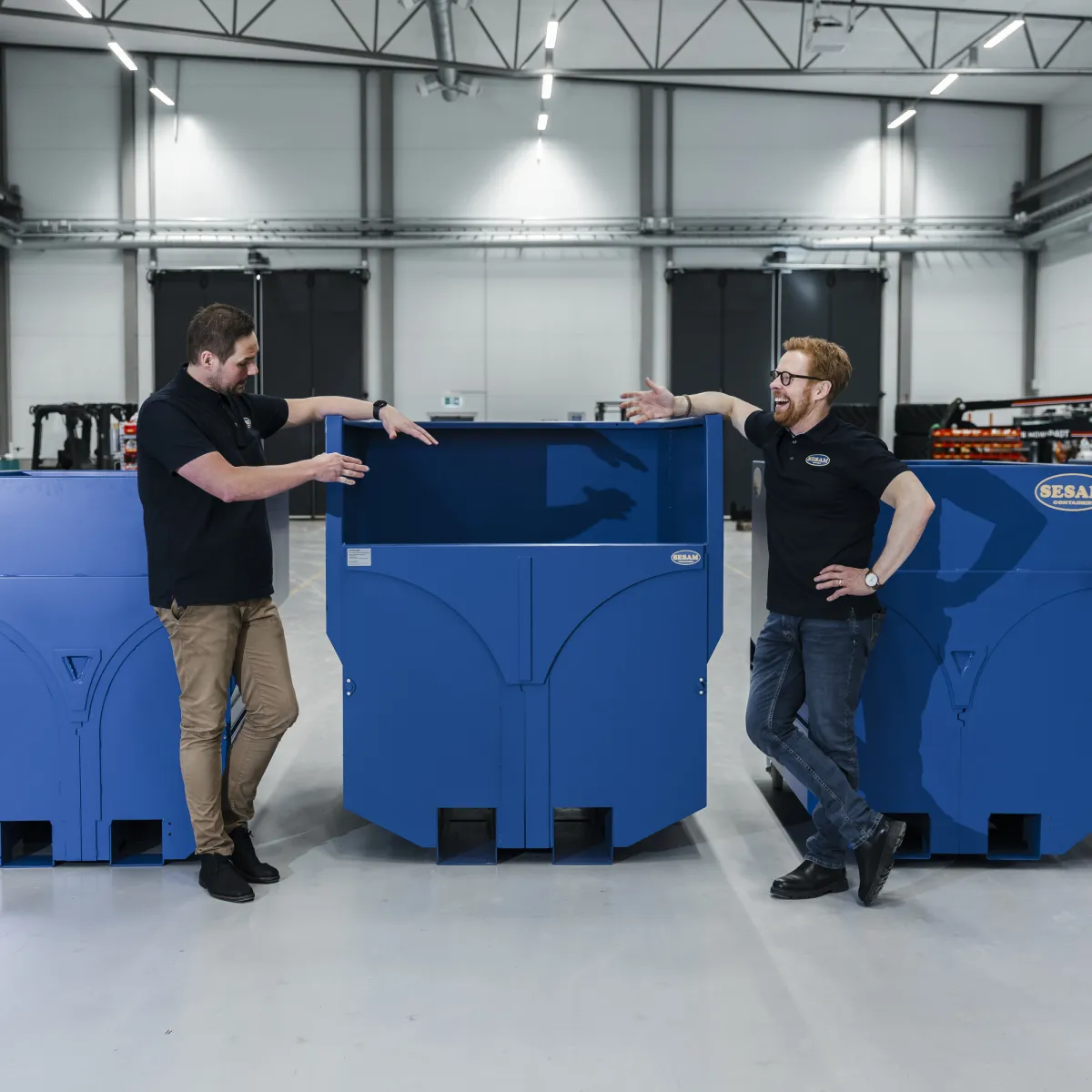Top Industries That Benefit from Bottom Emptying Containers
Top Industries That Benefit from Bottom Emptying Containers
Blog Article
As it pertains to bottom-emptying pots, toughness is really a critical factor. These containers should withstand recurring use, varying environmental conditions, and regular handling. This makes substance collection a top priority. To ensure that bottom emptying container (bottentömmande container) provide extended company living and maintain their effectiveness, producers rely on unique components engineered for energy, weight, and reliability.
Under, we highlight the very best components that guarantee toughness and efficiency for bottom-emptying containers.
1. High-Density Polyethylene (HDPE)
High-Density Polyethylene, or HDPE, is one of the most typically used materials for resilient containers. Noted for their affect opposition and freedom, HDPE are designed for equally heavy masses and rough handling. That material is very suited to harsh industrial use and outside situations because of its resistance to UV rays and chemicals. Additionally, HDPE is lightweight, rendering it simpler to transport and manage without limiting on strength.

Why Choose HDPE?
Exemplary weight to temperature and compounds
Light but powerful
Environmentally friendly, as it is recyclable
2. Stainless Steel
For industries requiring heavy-duty toughness or sanitary conditions, stainless is an ideal material. It is powerful, extremely tolerant to deterioration, and capable of withstanding intense temperature fluctuations. Furthermore, stainless guarantees durability, which makes it a cost-effective solution in the long run. Their clean area also simplifies maintenance and cleaning, which will be priceless for applications in food processing or healthcare industries.
Key Benefits of Stainless Steel
Exceptional energy and longevity
Rust-proof and perfect for long-term use
Simple to wash and keep
3. Fiberglass-Reinforced Plastic (FRP)
Fiberglass-Reinforced Plastic (FRP) is really a high-performance material combining the effectiveness of fiberglass with the cost-effectiveness of plastic. FRP excels in extremely corrosive and chemical-heavy surroundings, which makes it a great selection for pots utilized in substance production or storage. Also, FRP bins are lightweight, making them easier to move in comparison to steel equivalents.
Advantages of FRP
Corrosion-resistant in challenging situations
Light and easy to take care of
Can be customized for particular purposes
4. Aluminum
Whenever a balance between strength and lightweight style is needed, metal stands out as a top option. It is specially favored for programs that need mobility because low weight. Metal is corrosion-resistant, rendering it suitable for outside conditions or locations subjected to moisture.

Highlights of Aluminum
Exemplary lightweight-to-strength proportion
Corrosion-resistant for outside use
Sustainable as it is recyclable
Choosing the Right Material for Your Needs
The option of material for bottom-emptying containers depends on the particular application, environmental conditions, and expected load capacity. HDPE is great for cost-effective mobility, while metal presents unparalleled power for sanitary environments. FRP and metal, on another give, focus on industries seeking lightweight or highly corrosion-resistant options.
By choosing the right material, you can assure that the bins provide sustained efficiency, remain practical with time, and match special functional needs. Report this page